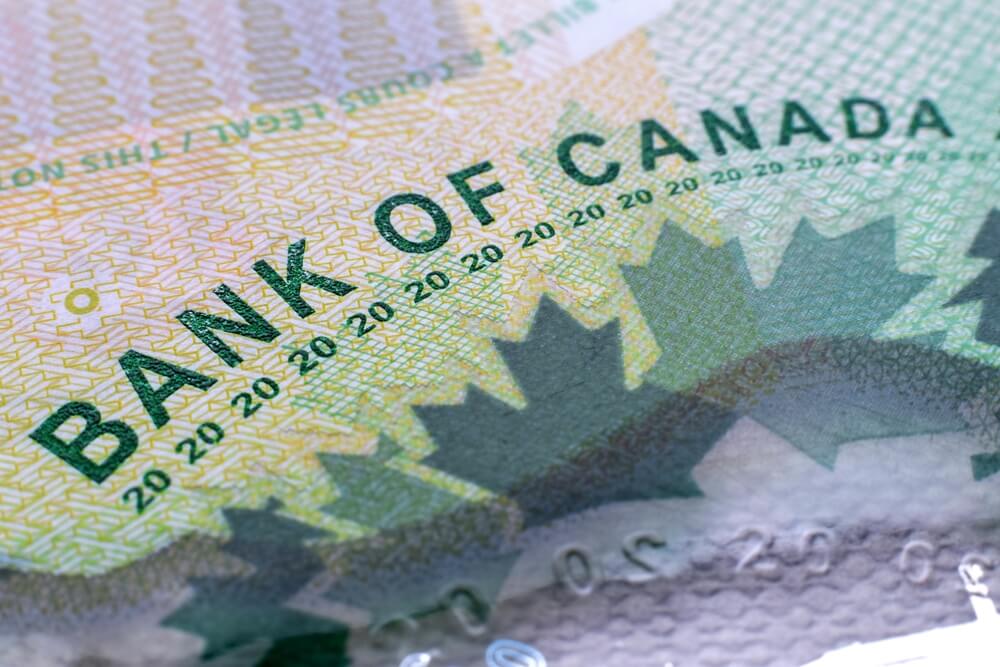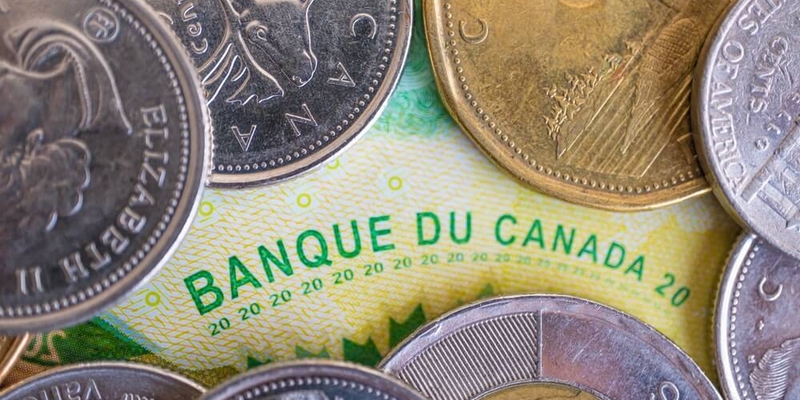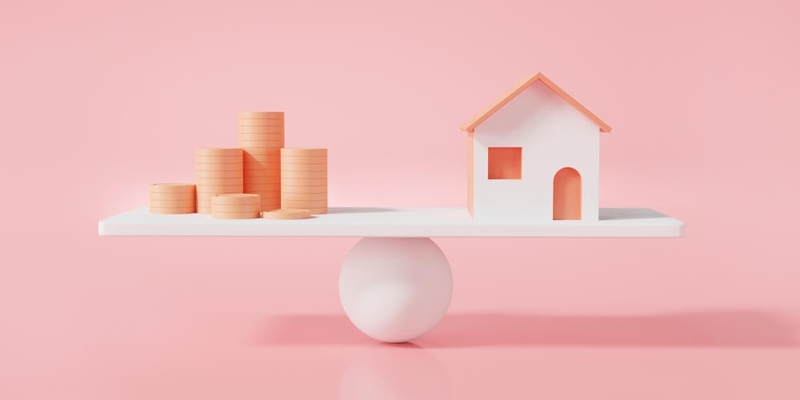Interest Rates for Credit Cards
Picking the right credit card is difficult! Read how your behaviour influences which card you should use!
Interest rates for credit cards
A credit card can have three different types of interest charges: interest on purchases, interest on balance transfers and interest on cash advances. For a given card the rate can either be the same or different across these three categories. Furthermore, credit card companies may offer introductory low rates on one or several of the categories. These introductory offers can be anywhere from a few months to over a year in length. The offers can be great incentives for consumers to get a new credit card the rates following the trial period must be taken into account to determine future affordability. To better understand how interest is calculated on your credit card, you should keep the following in mind:
Making the minimum payment
How a minimum payment on a credit card is calculated varies across credit card companies. It can be a fixed amount (when the balance is small), a certain percentage of the balance or a fixed fee plus interest. The minimum payment must be made by the due date. If it is not paid, it can affect your credit score and result in a higher rate of interest being charged. Continued non-payment may result in the cancellation of your credit card privileges.
Making more than the minimum payment
If you decide to make a partial payment larger than the minimum payment, according to the Credit Business Practices Regulations, a credit company has to apply the payment using one of the following two methods:
1. To the different balances according to the rate of interest, from highest to lowest. Example: If you made a $1,000 purchase on your account (19.99% interest) as well as a $250 cash advance (21.99% interest) during a billing cycle, a $1,200 payment will be allocated as such: $250 to pay off the cash advance and $950 to pay off the purchase.
2. To the different balances, grouped by the rate of interest, in proportion to the total balance. Example: If you made a $1,000 purchase on your account (19.99% interest) as well as a $250 cash advance (21.99% interest) during a billing cycle, a $1,200 payment will be allocated as such: $960 (1,200 x 1,000/1,250) to pay off the purchase and $240 (1,200 x 250/1,250) to pay off the cash advance.

Making the full payment
The grace period, mandatory in Canada, starts at the billing date and ends at the payment due date. It is a period during which no interest is charged on your credit card balance. The grace period must be a minimum of 21 days and only applies to purchases. For balance transfers and cash advances, interest is payable from day 1. If the full payment is received by the end of the grace period, no interest will be applied to your balance. If only a partial payment is received by the end of the grace period, interest will be payable on the full amount from the date of purchase.
Interested in taking advantage of low interest credit cards? Find the best balance transfer credit cards.








